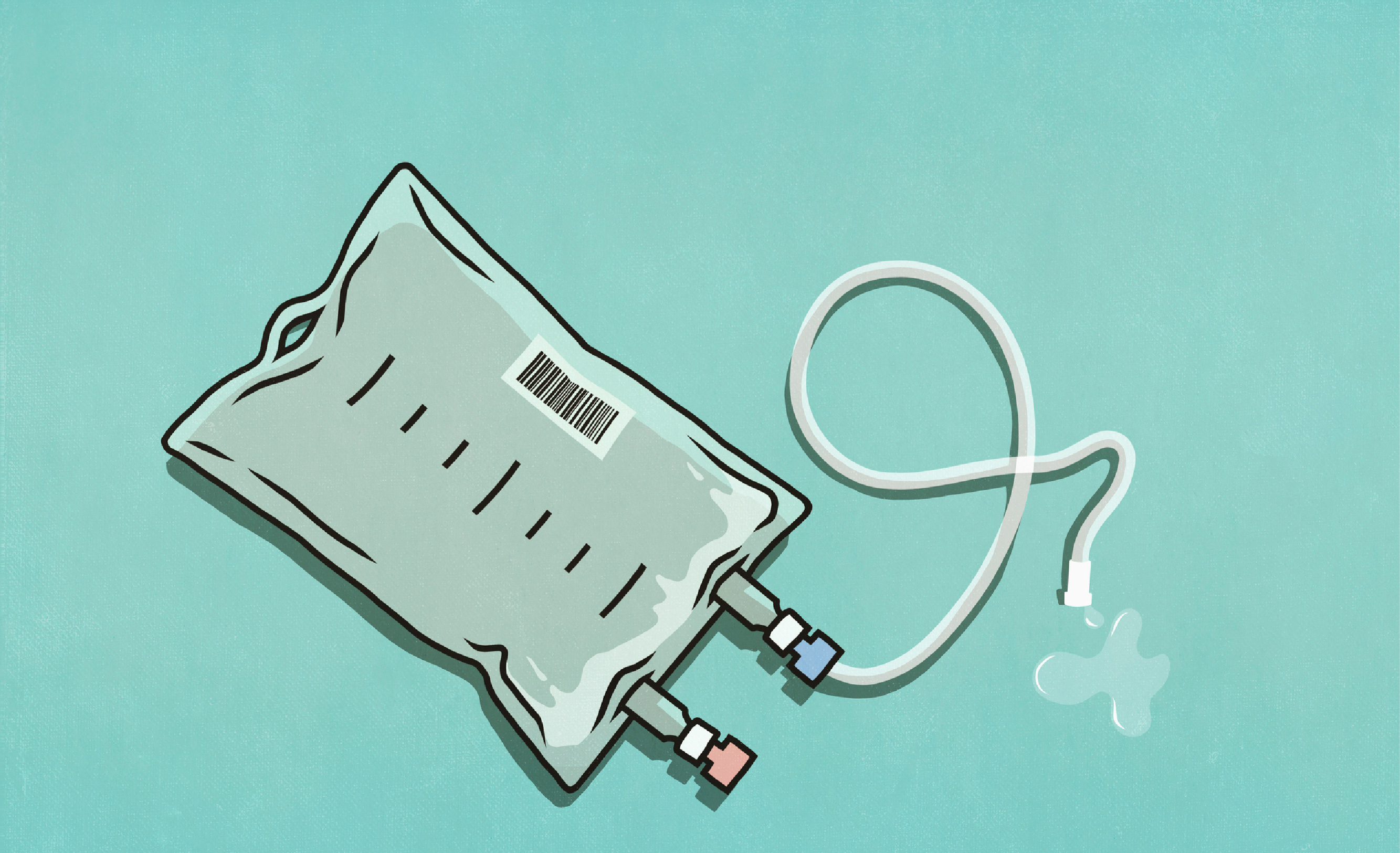
Deprescribing protocol benefits older patients
Deprescribing is particularly important for older patients, who often take more than 5 prescription medications daily. Researchers from Vanderbilt University conducted a randomized clinical trial to evaluate the efficacy of a patient-centered deprescribing intervention among hospitalized older adults transitioning to a postacute care (PAC) facility.
In the study, which was published in the February 6, 2023, issue of JAMA Internal Medicine, patients who were admitted to an academic medical center between March 2016 and October 2020 and discharged to 1 of 22 PAC facilities affiliated with the medical center were included in the study.
Patients who were 50 years or older and had 5 or more prehospital medications were enrolled and randomized 1:1 to the intervention group or control group. Patients who were non-English speaking, were unhoused, were long-stay residents of nursing homes, or had less than 6 months of life expectancy were excluded and an intention-to-treat approach was used.
The intervention group received the Shed-MEDS intervention, which consisted of a pharmacist- or nurse practitioner–led comprehensive medication review, patient- or surrogate-approved deprescribing recommendations, and deprescribing actions that were initiated in the hospital and continued throughout the PAC facility stay. The control group received usual care at the hospital and PAC facility. The primary outcome was the total medication count at hospital discharge and PAC facility discharge, with follow-up assessments during the 90-day period after PAC facility discharge. Secondary outcomes included the total number of potentially inappropriate medications at each time point, the Drug Burden Index, and adverse events.
The researchers found a statistically significant treatment effect, with patients in the intervention group taking a mean of 14% fewer medications at PAC facility discharge and 15% fewer medications at the 90-day follow-up compared with the control group. The intervention group also had reduced exposure to potentially inappropriate medications and a reduced Drug Burden Index. Adverse drug event rates were similar between the intervention and control groups.
The authors suggest that while the Shed-MEDS patient-centered deprescribing intervention was safe and effective in reducing the total medication burden at PAC facility discharge and 90 days after discharge, future studies are needed to examine the effect of this intervention on patient-reported and long-term clinical outcomes. ■

Are I.V. antihypertensives necessary for hospitalized patients without acute organ damage?
Acute severe hypertension (systolic BP >180 mm Hg or diastolic BP >110 mm Hg) can occur during hospitalization of inpatients who are not otherwise hypertensive. According to a study published in the February 2023 issue of the Journal of Hypertension, I.V. antihypertensives are often administered despite a lack of evidence that these medications improve outcomes in the absence of acute target organ damage. Wilson and colleagues from Yale University assessed the effects this medication had on clinical outcomes using an overlap propensity score weighted cox model.
The multihospital retrospective study involved over 20,000 adults admitted for reasons other than hypertension who developed severe hypertension during hospitalization without acute target end organ damage. Of these patients, 5% received I.V. hypertensive medications within 3 hours of severe BP elevation, and researchers found that these patients were more likely to develop myocardial injury (5.9% in the treated population vs. 3.6% in the untreated population). Treatment was not associated with increased risk of stroke, acute kidney injury, or death.
Based on these results, the authors concluded that I.V. antihypertensive medications should be used with caution in patients without acute target organ damage. ■

Experts update guidelines for managing acute LGIB
Acute lower gastrointestinal bleeding (LGIB) is a common reason for hospitalization, with over 113,000 admissions for LGIB in 2018. A panel of researchers recently revised the American College of Gastroenterology clinical guidelines for managing acute LGIB using the Grading of Recommendations, Assessment, Development, and Evaluation methodology.
The updated guidelines propose recommendations for the use of risk stratification tools, thresholds for red blood cell transfusion, reversal agents for patients on anticoagulants, diagnostic testing including colonoscopy and computed tomography angiography (CTA), endoscopic therapeutic options, and management of antithrombotic medications after hospital discharge. The guidelines were published in the February 1, 2023, issue of the American Journal of Gastroenterology.
Important changes since the previous guidelines published in 2016 include recommendations for the use of risk stratification tools to identify patients with LGIB at low risk of a hospital-based intervention, the role for reversal agents in patients with life-threatening LGIB on vitamin K antagonists and direct oral anticoagulants, the increasing role for CTA in patients with severe LGIB, and the management of patients who have a positive CTA. The panel recommends that most patients requiring inpatient care undergo a nonurgent colonoscopy because performing an urgent colonoscopy within 24 hours of presentation has not been shown to improve important clinical outcomes such as rebleeding.
Updated recommendations on resumption of antiplatelet and anticoagulant medications after resolution of LGIB are also included. ■

Partial oral antibiotic treatment may benefit patients with complicated Staph bacteremia who inject drugs
Staphylococcus aureus infections are the most common bloodstream infections in people who inject drugs. However, the standard of care for S. aureus infections complicated by septic arthritis, vertebral osteomyelitis, epidural abscess, or infective endocarditis is a 4- to 6-week course of I.V. antibiotics, which can be challenging for these patients, who often choose to leave the hospital prior to completing the full course of treatment. The authors of a recent study, published in the February 1, 2023, issue of Clinical Infectious Diseases, suggest that a transition to oral antibiotics may represent an alternative treatment option.
Marks and colleagues conducted a retrospective cohort analysis of patients admitted to Barnes-Jewish Hospital in St. Louis, MO, between January 2016 and December 2021 with S. aureus bloodstream infections and a history of active or recent injectable drug use. Patient outcome was compared based on whether the patient received standard of care I.V. antibiotics, incomplete I.V. therapy, or a transition from initial I.V. treatment to partial oral treatment using a primary endpoint of death or antibiotic failure.
Patients who received oral antibiotics after an incomplete course of I.V. treatment were significantly less likely to experience microbiologic failure or death than patients discharged without oral antibiotics. The study found no significant difference in microbiologic failure rates when comparing patients who were discharged on partial oral antibiotics after receiving at least 10 days of I.V. antibiotics.
The authors conclude that incomplete antibiotic therapy should be avoided at all costs, and that transition to oral antibiotics should be offered to patients who inject drugs and decline standard-of-care I.V. antibiotics, with the best outcomes observed in patients who are able to complete at least 10 days of effective in-house I.V. antibiotic therapy after clearance of bacteremia. They suggest that these findings should be incorporated into treatment guidelines to caution against discharging these patients with partially treated infections without offering them outpatient oral antibiotic therapy. ■